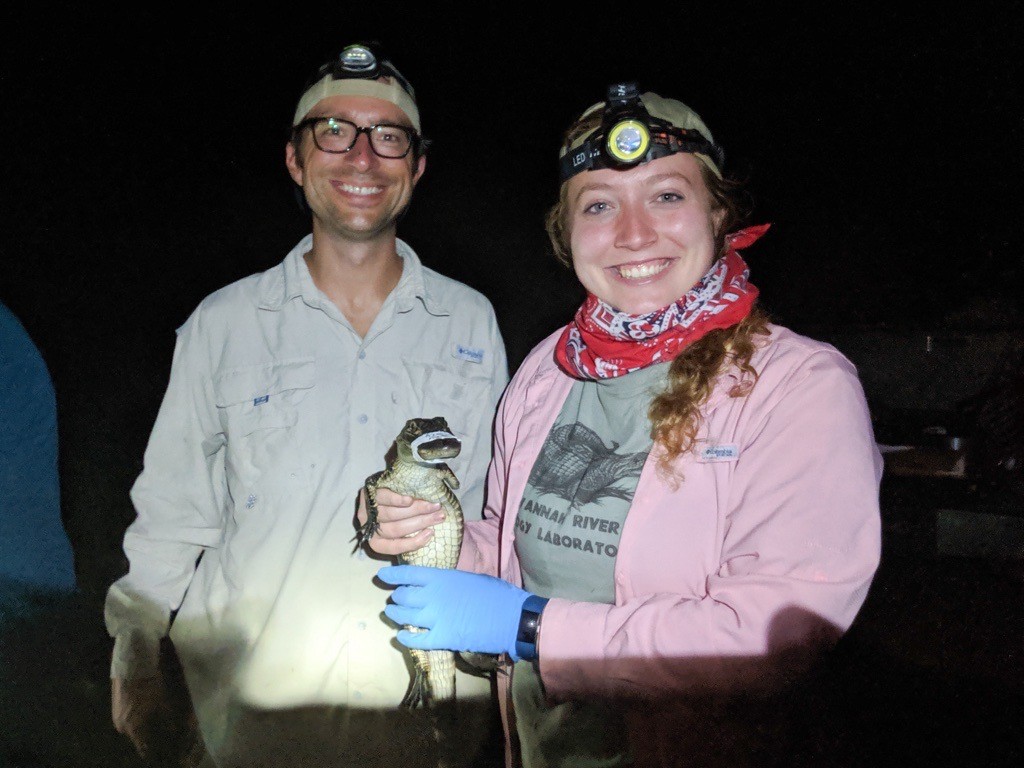Do humans have a ticking clock within them that can determine their lifespan? The answer may surprise you.
A recent study conducted by Emily Bertucci-Richter, a genomics analyst at the University of Michigan and former graduate student at the University of Georgia’s Savannah River Ecology Lab, and Benjamin Parrott, associate professor at SREL, has provided fascinating new insights into the phenomenon of epigenetic drift, also known as “epigenetic disorder.” This biological process is like a countdown within an animal’s DNA, marking the passage of time and influencing its rate of aging.
“There are a lot of folks working on epigenetic aging as it relates to human health,” Parrott explains. “Age is a major risk factor for many human diseases including cancers, dementia, and Alzheimer’s.”
Epigenetic drift is a process in which changes happen to an animal’s DNA as it ages, affecting the aging process. This research sought to unravel the mysteries surrounding epigenetic drift and its possible contribution to the differences in maximum lifespan observed across various mammal species.
The researchers monitored how rats, mice, dogs, and baboons age and how chemical modifications to their DNA change over time. The study analyzed the dynamics of epigenetic drift accumulation with age across these four mammal species. They aimed to understand how it relates to maximum lifespan and whether CpG density, a specific DNA sequence, plays a role in buffering against epigenetic drift. Their findings hinted at the possible protective role of CpG density in mitigating the effects of age-associated epigenetic disorder.
“Our working model and hypothesis are that CpG density does play a role in buffering against epigenetic drift,” Parrott says. “Other researchers have found that the CpG density in certain regions of the genome is higher in longer-lived species when compared to species with shorter lifespans. For example, humans, chimps, and dogs have greater CpG density than mice and rats.”
The researchers found that all animals they studied experience epigenetic drift, but it happens faster in animals that have shorter lifespans. Their study suggests that there are other mechanisms, in addition to CpG density, that act to slow epigenetic drift.
Parrott adds, “Genes involved in repairing DNA damage might underlie some of the differences in the rate of epigenetic drift. For example, Sirtuin proteins are involved in DNA repair and some nice work from Dr. Vera Gorbunova’s lab has shown that Sirtuins in longer-lived species are more efficient at repairing breaks in DNA when compared to the same genes in shorter-lived species.”
These findings supported the researchers’ hypothesis that the rate of epigenetic drift explains maximum lifespan. The research conducted provided partial support for the hypothesis that CpG density buffers against epigenetic drift.
Their research findings have significant implications in aging research. By understanding the role of epigenetic drift in aging, scientists may be able to develop new ways to predict and potentially slow down the aging process.
“Our group is driven by basic curiosity,” Parrott says. “Why is it that some species live longer than others? What are the ecological and evolutionary dynamics that led to such wide variation in lifespans across the tree of life? These questions are a major inspiration for the work we do, and this study gets us just a bit closer to better understanding the answer.”
The original study, The rate of epigenetic drift scales with maximum lifespan across mammals, was completed by Emily Bertucci-Richter and Benjamin Parrott at SREL.
A genetic clock can predict lifespan in mammals, SREL research suggests

